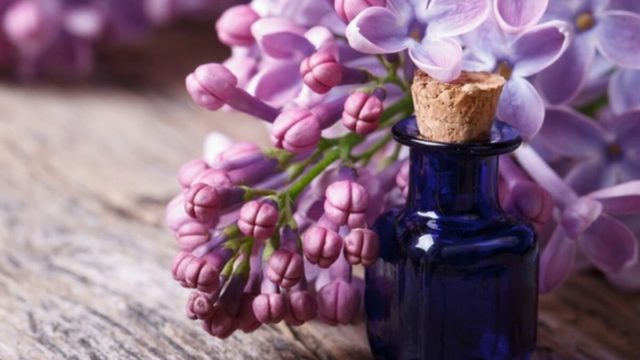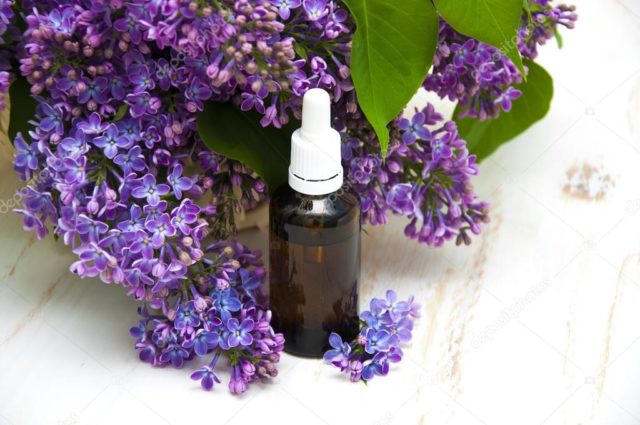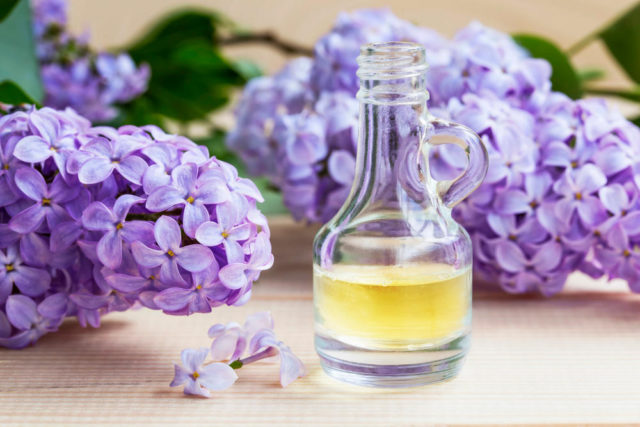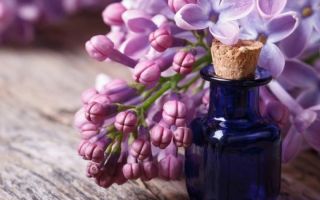Content
Lilacs are often regarded as a beautiful shrub with a pronounced pleasant aroma. However, inflorescences are also actively used in folk medicine for the treatment of various pathologies. In particular, lilac oil at home is quite easy to make, and the benefits of such a product are enormous. The product is harvested during the flowering period and used for a long time.
What is the use of lilac oil for?
For many people, the aromatic bush is associated with spring. Lilacs are classified as oilseeds. The homeland of the plant is the Balkan Peninsula. The shrub can also be found in China. In the rest of the world, the plant is decorative.
Flowers differ in different shades and shapes:
- blue, white, pink, purple;
- simple, terry.
Lilac is a hardy shrub that grows even along the highway. It takes root easily and is unpretentious in care. The juiciness of the leaves remains until autumn.
Lilac oil solution retains all the beneficial properties of the plant. Usually it is used externally. Aromatherapy is also essential.
The chemical compounds present in the oil include lilac and terpene aldehydes. The aromatic agent prevents the development of depressive conditions and stomach diseases. Tincture of lilac in oil, made at home, removes fungus and bacteria, lowers the temperature. External application of the product smoothes wrinkles and increases skin turgor.
Lilac oil has the following properties:
- antipyretic;
- antiseptic;
- sedative;
- antimalarial;
- pain reliever;
- wound healing.

How to make lilac oil with your own hands at home
The product is difficult to purchase in pharmacies and specialized stores. However, the oil solution can be made at home.
Infused oil
This is the traditional way. The remedy can be made at home by oil extraction. Infusion or extraction is one of the oldest methods in which a scent is obtained from flowers.
To make a solution at home, you need to take vegetable oil that does not differ in a pronounced smell. Lilac flowers are placed in a jar and filled with a pre-prepared liquid. The tool is insisted near a warm battery or in the sun for ten days. The composition is filtered and the flowers are carefully squeezed out.
There is another method that helps to make lilac oil at home. You must take a butter (coconut, palm). The tool is used to spread the inside of the jar and fill it with lilac flowers. The vessel is left in a warm place.A few days later, the jar is filled with fresh flowers, and the old ones are thrown away. The procedure is repeated several times until a fragrant composition is obtained.

Essential oil
The product has a high concentration of active substances. Lilac is a source of flavonoids, ascorbic acid. However, it is impossible to make a full-fledged broadcast at home.
The tool began to be used in the 19th century. Lilac ether is characterized by a lilac hue and a unique aroma. That is why the product is usually made for use in aroma lamps.
To make ether at home, you need to use high-quality raw materials. It is advisable to collect bright inflorescences that have a pronounced aroma.
Boiled water is poured into a clean jar to the brim. Gauze is placed on the neck and flowers are spread on it so that they sink into the water. Then the jar is covered. The liquid is infused at a temperature not lower than 20 C. After a day, gauze with inflorescences should be squeezed out. The fragrant water is poured into a saucepan and brought to a boil.
Fresh lilac flowers are tamped into a clean gauze bag. They are tormented over low heat for an hour. When the liquid has cooled, it must be enriched with a few drops of glycerin.

Application of lilac oil
It is useful to apply the product to the skin. Its use is advisable when performing massage to normalize the psycho-emotional state.
To eliminate insomnia, it is recommended to apply a small amount of the product to your fingers and massage your temples. Rubbing the chest or feet can eliminate the first manifestations of colds.
Lilac oil helps to prolong the youthfulness of the skin. A few drops of the solution can be added to creams, serums and tonics. Using rinses and shampoos that include lilac oil can help eliminate dandruff and restore shine to your hair.
To preserve the beauty of the skin of the body, you can take baths with the addition of sea salt and ether (seven drops per serving). After the procedure, you do not need to take a shower, so as not to wash off the beneficial components from the epidermis.
Application of lilac on oil for joints
External use of the product helps with diseases of the musculoskeletal system. To make a healing product from lilac and oil at home, you can use a simple recipe. The flowers (50 g) are placed in a clean jar (500 ml). 200 ml of sunflower oil is poured into a saucepan, heated to 40 ° C. Lilac flowers need to be poured with hot oil, mixed and compacted. The procedure is repeated with a new batch of ingredients.
The jar is closed and left for 2-3 days in a dark place. The contents must be stirred regularly. Then the product is filtered, and the flowers are squeezed out. The finished product is stored in the refrigerator and used as needed.

Contraindications
Lilac ester is considered safe. However, when using a high concentration solution, it is advisable to dilute it with base oil. A test should be performed before the first use to rule out allergic reactions. A small amount of liquid is applied to the crease of the elbow or wrist area. Ester can be used if there is no redness or irritation.
Contraindications to the use of the product include:
- children's age (up to three years);
- hypersensitivity to the components of the product;
- lactation and pregnancy.
What is combined with
Ether can be mixed with lavender solution. This product is versatile. Lilac infusion is also combined with basic vegetable oils such as coconut and palm oils.
Conclusion
Making oil from lilacs at home doesn't take much effort. To eliminate headaches and joint pains, signs of depression, use a useful agent in the form of ether and extraction. Lilacs can also be used to make an aroma oil that soothes the nervous system. Creams, balms and serums are enriched with ether. It is recommended to be used as a perfume.
Reviews on the use of lilac oil
The product may not be seen often on sale. However, it is easy to make oil from lilac flowers yourself. Reviews include information about the effectiveness of its use.

